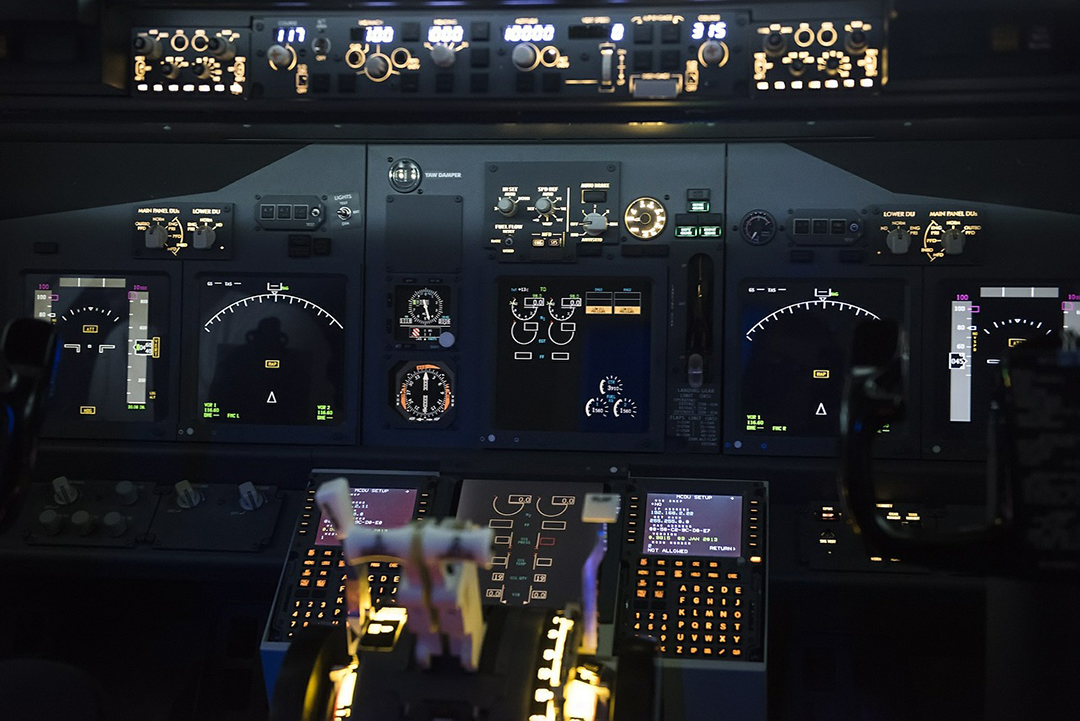Frequently Asked Questions - Trust Account - Payments
FAQ'S

How many labor hours in a 100 hour inspection?
Please remember this is for an inspection, not for work. Any issues uncovered at the inspection level are then going to be added on to the bill as maintenance, not inspection.
Have you or anyone you know ever watched a 100 hour inspection. I have an every time it was with the same result. The manufacturer calls for say 3 hours of labor for every hour of flight. or 300 hour labor hours per 100 hour inspection. On average that will be $31,500.
I have never seen any inspection take more than 76 hours. Worked added on is extra. So the average actual time multiplied by $105 an hour is $8,000…so for every 100 hour inspection you are usually over paying $23,500 too much, plus the added work generated by the inspection.
That is why the average cost for a 100 inspection ranges between $45,000 and $75,000. it starts with the fact that you are over paying for the basic inspection by $23,500 and that add on work is pretty much at the same ratio.
What is the difference between an AD or and SB?
And SB stands for a “Service Bulletin.” Service Bulletins are not required however many of them do have to do with aircraft performance and should be complied with. So SB’s are not involving airworthiness but just convince items the manufacture developed and may or may not make much sense to compile with depending on your usage. Typically are two thirds of the SB’s are preformed. Although with EAP you would be informed of every SB with a recommendation as to it’s importance to you operations.
What are TBO's and MPI's?
MPI’s stand for Major Periodical inspections. MPI’s must be complied with when they are due. MPI’s are the hot section on your engines.
How EAP clients save money?
Who provides the work for the maintenance?
What is the difference between part FAR 91 & 135?
A FAR part 135 certificate holder is a commercial operator and as such must be registered and certified by the FAA to operate for hire to non owners of the aircraft.
What is VMO?

The benefits of Using the Trust
The benefits of Using the Trust.
The very real benefits of using the trust are simple and straight forward.
The trust is the source of the payments for the service providers. By Executive AirPower being that source, Executive AirPower effectively is the customer or client paying for the work being done by the service providers.
Therein lies the power of the fleet system. One client customer with a fleet of aircraft is a very powerful incentive for the service providers to get the work done right, safely, on time, and on budget.
As the person that created Jet Support Services Inc., aka JSSI I can tell you from experience there is no bigger controlling factor at the service center level. The power of the purse is what it is all about. And that is the power that gets the discounts, the priority services, and the respect of the service providers.
How The Payment System Works

Reporting Hours
When you enroll in our program we will set up the various pro-rata’s based on hours and maintenance evenats both hourly and calandar.
Then we will agree on your monthly useage which may variy from month to month but you would pay into the reserve account based on agreed on hours. So you would be expected to pay into the maintenance reserve account the agreed upon amount.Twice a year we would have an accounting of actual hours flown and you would either recieve credit for hours now flown and paid for or charged for hours flown and not paid for.
This format will allow you to fly whatever hours require as needed and the reserve account would be settled twice a year based actual flight hours flown.
